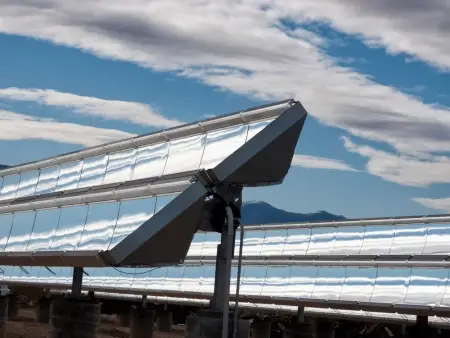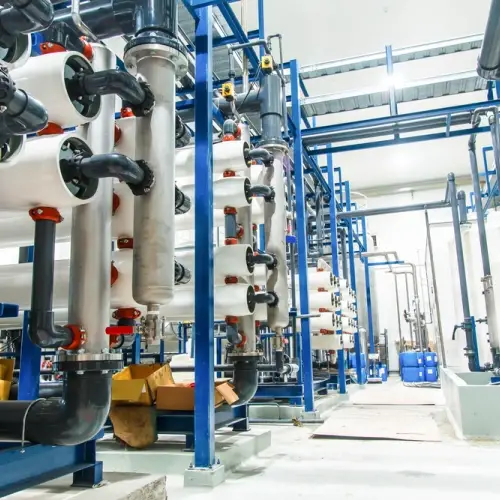
Medium-temperature solar power plants operate in the range of 100 to 400 degrees Celsius and play a crucial role in advancing sustainable energy solutions. These systems are designed to harness solar thermal energy, a renewable and environmentally friendly resource, by converting sunlight into heat.
This technology bridges the gap between low and high-temperature solar systems, making it versatile for a wide range of applications. From industrial heat processes and electricity generation to water desalination and agricultural operations, these power plants are engineered to meet the growing energy demands of various sectors while reducing carbon emissions.
Technologies in Medium-Temperature Solar Power Plants
The efficiency and effectiveness of medium-temperature solar power plants rely heavily on the advanced technologies they employ. These technologies are specifically designed to optimize the capture and utilization of solar energy, enabling the systems to achieve the necessary temperature range for various applications.
Below are the primary technologies used in these power plants:
1. Vacuum Tube Solar Collectors
Vacuum tube collectors are commonly used in medium-temperature solar power plants for applications requiring temperatures up to 120°C.
These systems minimize heat losses, reducing conduction and convection losses by up to 35% compared to flat plate collectors. In addition, they circulate heat transfer fluids in a closed loop, transferring energy through heat exchangers for process heating, water desalination, or industrial drying.
2. Concentrating Solar Collectors
Concentrating solar collectors are key components of medium-temperature solar power plants. They use an array of mirrors to focus sunlight onto a focal line or point, where the heat transfer fluid absorbs energy.
The most common design for this temperature range is the linear parabolic trough, which reflects and concentrates sunlight efficiently. Moreover, it operates best in regions with high solar irradiance, such as deserts or sunny climates.
Other designs, such as Fresnel reflectors or parabolic dishes, are sometimes used for specialized applications but are less common in medium-temperature systems.
3. Compound Parabolic Concentrators (CPCs)
Compound parabolic concentrators are non-imaging concentrators that can capture both direct and diffuse sunlight, making them effective in regions with variable sunlight conditions.
They have a wider acceptance angle, reducing the need for frequent adjustments and achieve moderate concentration ratios suitable for medium-temperature applications.
Applications of Medium-Temperature Solar Thermal Power Plants
 Medium-temperature solar power stations play a critical role in bridging the gap between low and high-temperature systems. Their versatility makes them suitable for a range of applications, including:
Medium-temperature solar power stations play a critical role in bridging the gap between low and high-temperature systems. Their versatility makes them suitable for a range of applications, including:
- Electricity Generation: These plants generate steam to drive turbines, producing clean and sustainable electricity.
- Industrial Heat Processes: Used in industries requiring moderately high temperatures, such as food processing, pasteurization, sterilization, and drying.
- Water Desalination: Power plants in arid regions often integrate solar desalination systems to produce fresh water from seawater.
- HVAC and Cooling Systems: Provide heating or cooling for large commercial buildings, reducing reliance on fossil fuels.
- Agricultural Applications: Support greenhouse heating, crop drying, and irrigation, enhancing efficiency in agricultural operations.
Advantages of Medium-Temperature Solar Thermal Energy Power Plants
This kind solar power plants offers a range of compelling benefits that make them a preferred choice for industries and communities looking to adopt sustainable energy solutions.
Here are some of the key advantages that set them apart:
- Scalable and Sustainable: These plants are ideal for both small-scale operations and large industrial applications, offering a sustainable solution to energy needs.
- Renewable and Environmentally Friendly: By harnessing solar energy, these power plants reduce carbon emissions and dependence on non-renewable resources.
- Cost Savings: Over time, the operational costs of solar power plants are significantly lower than traditional energy systems, thanks to the absence of fuel costs.
- Regional Suitability: Particularly effective in regions with high solar irradiance, maximizing energy generation potential.